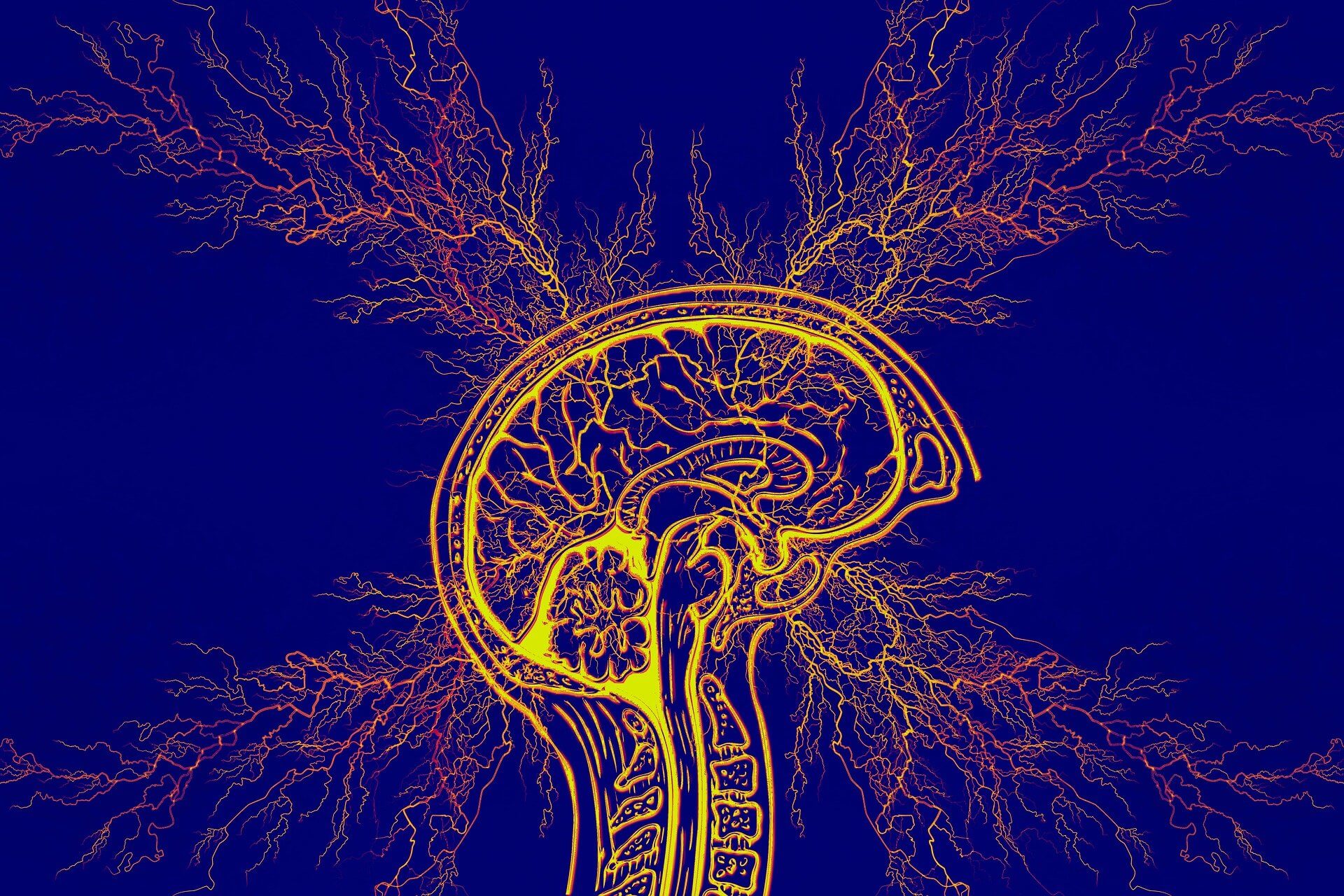
https://pixabay.com/illustrations/tourette-syndrome-epilepsy-adhd-7194132/
Epilepsy is certainly not a recently discovered neurological disorder. The research conducted in the early 1900s is the foundation of today’s knowledge about epilepsy – but Hippocrates had already categorized this condition as a brain disorder around the 5th century BC!
Despite the long history of epilepsy, a lot is still misunderstood about this condition. Let’s clarify some important aspects of epilepsy and learn what to do in case a loved one develops this seizure disorder.
Epilepsy is the 4th Most Common Neurological Disorder Worldwide
If you or a loved one have just been diagnosed with a seizure disorder, it’s only normal to be looking for answers to questions like “what is epilepsy?”, or “can people with epilepsy live a normal life?”. Here’s an overview.
Epilepsy is a non-communicable neurological disorder that can affect people of all ages, genders, and backgrounds. Because of abnormalities in brain activity like surges of electrical activity, this disorder can lead to recurring seizures.
Epilepsy affects 1.2% of the US population – or over 3 million American adults and nearly half a million children – and around 50 million people worldwide. The numbers are clear: this is one of the most widespread neurological disorders globally.
Seizures Happen Due to Disruptions of The Normal Functioning of the Brain
Unprovoked seizures are something that can happen to anyone if the right conditions present themselves.
Triggers (i.e.: high fever, high stress, drug withdrawal, mild brain injury, or infection) can cause excessive electrical activity in the brain leading to seizures. If two or more unprovoked seizures happen, you might be diagnosed with epilepsy.
Seizures Might Be Different For Each Person
There is more than one type of seizure, and knowing that someone has epilepsy does not tell you what their seizures feel and look like. The most common type of seizure (tonic-clonic) includes the stiffening, jerking, and shaking of the body.
However, every person’s seizures are unique. For some, they involve a vacant, confused state, while others experience seizures when they are asleep. Muscle spasms, speech disruption, and temporary loss of vision are also common symptoms.
Seizures Can Have Different Triggers and Warning Signs
Seizure triggers vary from one person to another. For example, flashing lights tend to cause seizures in people affected by photosensitive epilepsy.
Other common triggers include tiredness, high levels of stress, drinking alcohol or making use of recreational drugs, a fever, or skipping meals.
Epilepsy Can Be Managed With AEDs
If properly diagnosed and treated, epilepsy can be controlled. Over 70% of patients can live a seizure-free life with the help of the anti-epileptic drugs (AEDs) today on the market.
Sometimes, epilepsy can go into spontaneous remission, which means that the seizures just disappear without treatment. However, usually, an ad hoc treatment plan based on a diagnosis conducted through an EEG or MRI is the best way to keep seizures at bay.
Epilepsy Can Stem From Different Underlying Conditions
While the cause of epilepsy is not always known, common health disorders that might trigger it include brain tumors, infection, stroke, head injury, and neurological disorders like Alzheimer’s disease.
Electrical disruptions that might lead to epilepsy can also be caused by conditions like depression, ADHD, and autism. Knowing the root of your epilepsy can help you find the best treatment.
Understanding The Nature of a Seizure Can Save a Person’s Life
Seeing a loved one experiencing a seizure can be overwhelming – but most seizures are not medical emergencies.
If a seizure is limited to 30 seconds to 2 minutes, and it’s not the first one an individual has ever experienced, you can manage it without the help of a professional. Steps you can take to help a person having a seizure include:
Stay – stay by their side until their seizure endsSafe – create a safe space around themSide – safely, turn them onto their side Don’t restrain a person having a seizure or put anything in their mouth. You should call 911 if the seizure lasts over five minutes or if the individual has difficulty breathing. This means they have entered the life-threatening “status epilepticus”.
Whether you know a person who has epilepsy or not, knowing what to do in the case of a seizure is essential – especially as 10% of people will experience an unprovoked seizure at least once in their life.
















